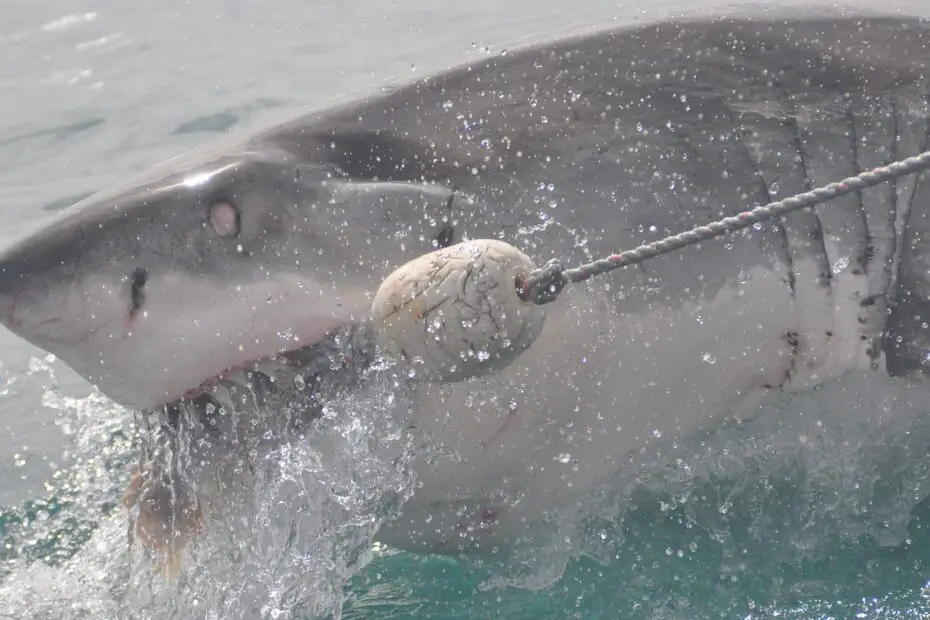1. Introduction
California’s stunning coastline attracts millions of beachgoers every year, offering opportunities for recreation and relaxation. However, the presence of sharks in these waters has sparked concern and curiosity about the potential for shark attacks.
In this article, we will delve into the topic of shark attacks in California, exploring the factors influencing these incidents, the history of shark encounters, safety measures, and conservation efforts. Join us as we navigate the depths of this intriguing subject and gain a better understanding of shark behavior, human interaction, and measures to ensure safety along California’s shores.
You may also want to read about great white shark vs orca.
2. Understanding Shark Behavior
To comprehend the risks associated with shark attacks, it is crucial to understand the behavior of these apex predators. We will explore their feeding patterns, migration habits, and the role of environmental factors that influence their presence along the California coast.

3. Factors Influencing Shark Attacks
Shark attacks are influenced by various factors, including seasonality, water temperature, prey availability, and human activity. We will delve into these factors and their role in shaping the likelihood of shark encounters in California’s waters.
3.1 Season and Water Temperature
Certain seasons and water temperatures can impact the presence and behavior of sharks in California’s coastal areas. We will examine how these variables affect the likelihood of shark encounters.
3.2 Prey Availability
Sharks are driven by the availability of prey in their environment. We will discuss how fluctuations in prey populations can influence shark behavior and potentially lead to interactions with humans.
3.3 Human Activity
Human activity in the water can inadvertently attract or provoke sharks. We will explore the role of human behavior and its impact on the occurrence of shark attacks in California.
4. Shark Attack Incidents in California
In this section, we will examine the history and statistics of shark attacks along California’s coastline. By understanding the frequency and patterns of these incidents, we can gain insights into the risks associated with swimming and surfing in the region.
4.1 History and Statistics
A comprehensive overview of the history of shark attacks in California, including data on the number of incidents and their distribution, will provide valuable context for understanding the risks.
4.2 Notable Cases
We will explore notable shark attack cases in California, examining the circumstances surrounding these incidents and the lessons learned from them.

5. Safety Measures and Prevention
Ensuring safety in shark-prone areas requires a combination of awareness, precautionary measures, and responsible behavior. This section will discuss various safety measures and guidelines aimed at minimizing the risk of shark encounters.
5.1 Shark Safety Guidelines
We will outline essential guidelines for beachgoers, surfers, and swimmers to follow in order to reduce the risk of shark interactions and ensure personal safety.
5.2 Beach Safety Measures
Beyond individual precautions, implementing beach safety measures can help minimize the potential for shark attacks. We will explore initiatives such as lifeguard surveillance, early warning systems, and public education programs.
6. Shark Conservation Efforts
Sharks play a vital role in maintaining the health of marine ecosystems. This section will highlight the importance of shark conservation efforts and how protecting these magnificent creatures can contribute to a balanced ocean ecosystem.
7. Dispelling Misconceptions
Shark attacks often generate misconceptions and fears. We will address common misconceptions surrounding shark behavior, their intent, and the likelihood of encountering them while enjoying California’s coastal waters.
8. Conclusion
Shark attacks, while rare, remain a topic of concern along the California coastline. By understanding the factors influencing these incidents, practicing safety measures, and dispelling misconceptions, individuals can enjoy the ocean while minimizing the risks associated with shark encounters. With continued efforts in shark conservation and responsible beach management, humans and sharks can coexist harmoniously in these diverse marine environments.
Frequently Asked Questions (FAQs)
- How common are shark attacks in California?
- Shark attacks in California are relatively rare. While the state has a substantial coastline, the number of reported incidents remains low compared to other recreational activities.
- Which shark species are responsible for most attacks in California?
- The great white shark is the primary species associated with shark attacks along the California coast. However, it’s important to note that not all encounters result in attacks.
- Can shark attacks be prevented completely?
- While it is not possible to completely eliminate the risk of shark encounters, following safety guidelines and being aware of one’s surroundings can significantly reduce the likelihood of shark attacks.
- What should I do if I encounter a shark in the water?
- In the unlikely event of a shark encounter, it is crucial to remain calm, avoid sudden movements, and slowly and steadily retreat from the water. Alerting others and seeking assistance from lifeguards is also important.
- How can I contribute to shark conservation efforts?
- Supporting organizations dedicated to shark conservation and advocating for responsible fishing practices and marine protection are effective ways to contribute to shark conservation efforts.
